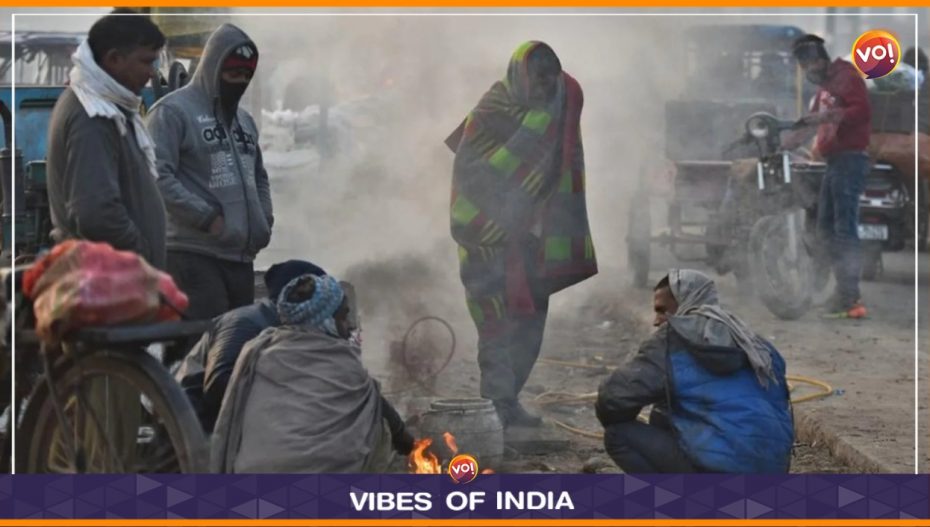For many areas of Madhya Pradesh, Maharashtra, Rajasthan, and Gujarat, the first week of January continued to be the coldest. Rajasthan experienced a minimum temperature below zero degrees. Beginning on January 9, the temperature in every state begins to rise, ending the cold wave.
A looming disturbance in the west prevented the cold north winds that caused the temperature dip. The wind flow is changed whenever a disturbance from the west approaches the western Himalayas. As warm, humid breezes from the southwest and east replace the cold, dry air from the north, minimum temperatures rise and the cold wave subsides.
Temperatures significantly dropped as the western disturbance began to leave the western Himalayas and the typical flow of chilly northerly winds resumed over Pakistan, Gujarat, and the western portions of Rajasthan.
All of these states saw a double-digit minimum temperature that has now dropped to a single digit. Over Rajasthan and Gujarat, there has been a dip in temperature of 5 to 8 degrees. Mumbai’s minimum temperature also fell to 15.2 degrees. This morning is Mumbai’s second-coldest of the season. Over various areas of Punjab, Haryana, Rajasthan, sections of Madhya Pradesh, Gujarat, and isolated pockets of north Madhya Maharashtra, the cold wave is anticipated to worsen over the course of the next two to three days.
There is a good chance that many areas of northwest and central India will have another 2-degree Celsius drop in lowest temperatures before January 17 and a gradual rise of 3 to 5 degrees Celsius from January 18 to January 20. East India is predicted to experience a minimum temperature drop of 2-3 degrees Celsius through January 17 and a gradual rise of 2-3 notches from January 18 to 20.
Also Read: Is Ahmedabad Going The Joshimath Way?












